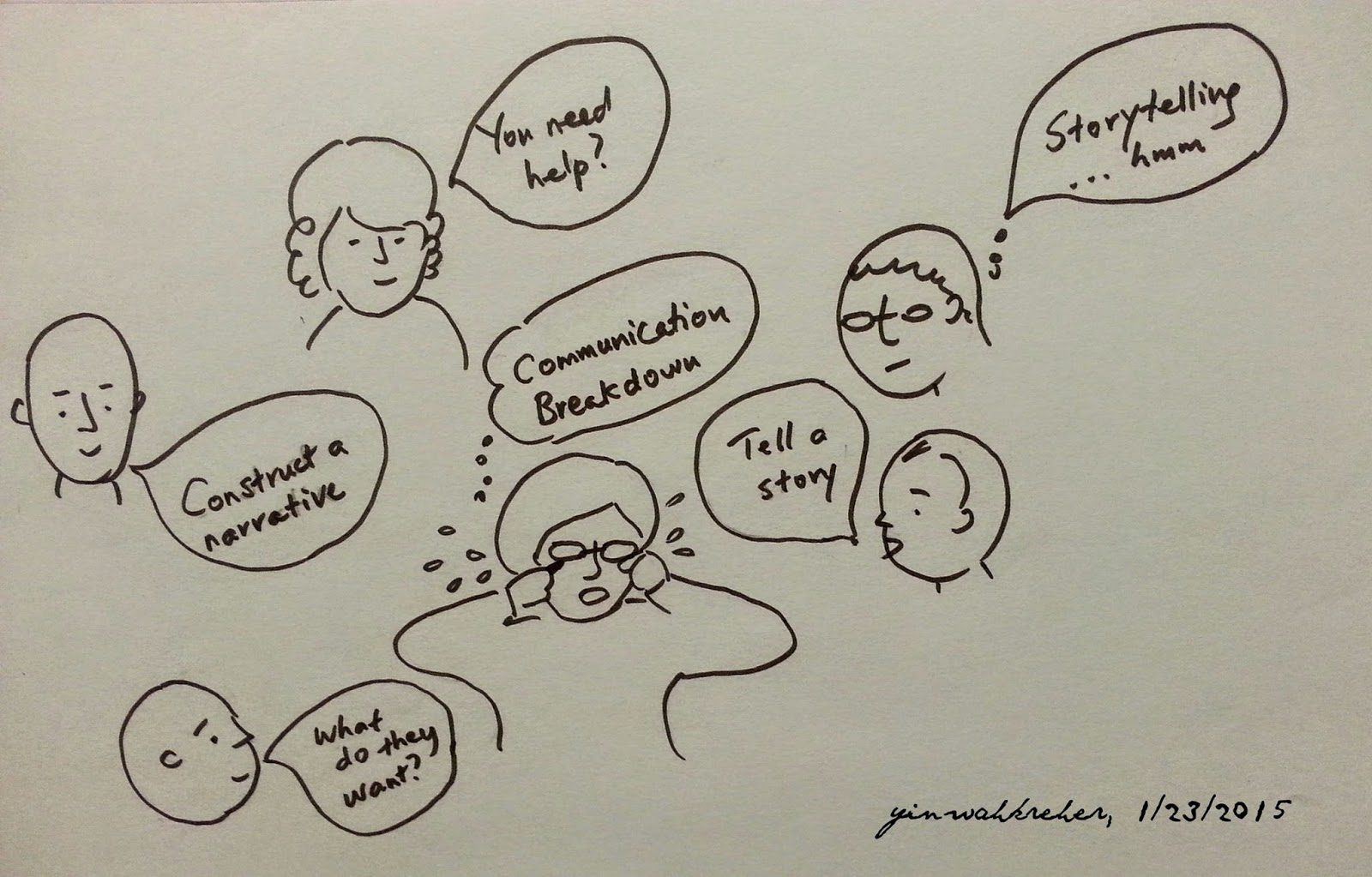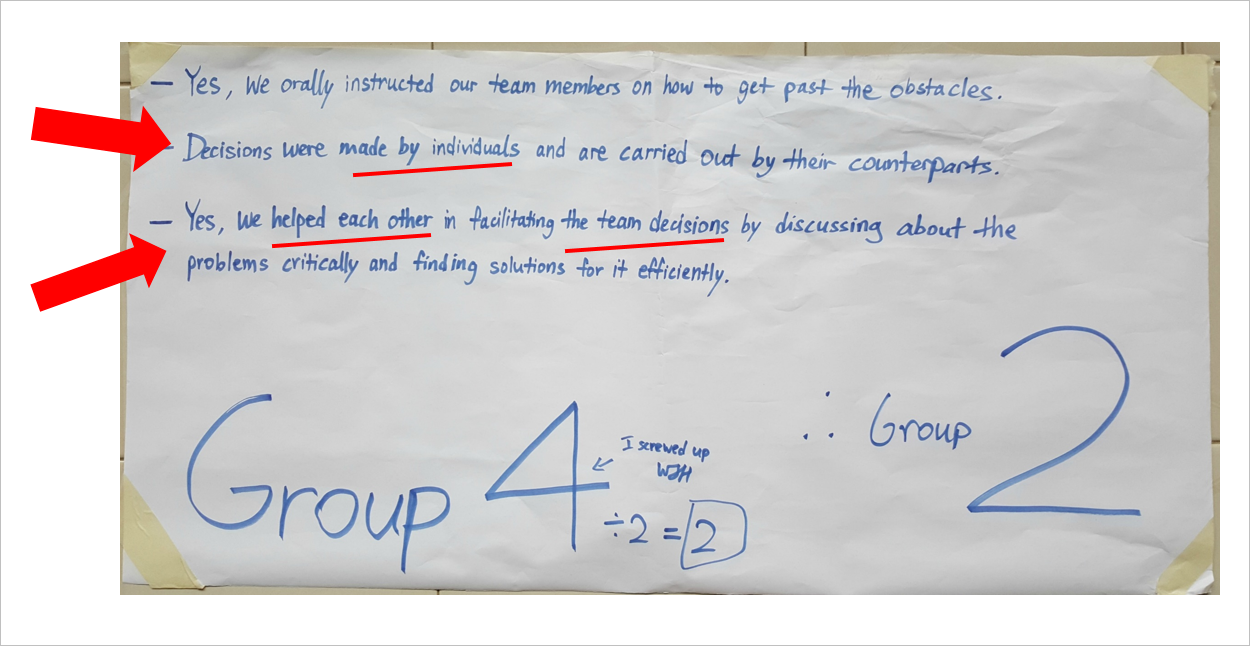PD Musings: The Importance of Community and Value for Money
I’m enrolled in another online course to brush up my ASL skills and to learn more accurately the structure of ASL as opposed to SEE (Signed Exact English), which I had learned in Singapore. SEE is not ASL as it follows the syntax of English. It has messed up my communication with my American Deaf friends and I want to get it right, once and for all.
Once again, when I’m inside this course, what frustrates me—about this and some online courses—is the lack of community. It’s a dated pedagogical approach to think the instructor is at the center of learning. Hence, there are no spaces for my peers and I to hang out and chill. There is no space for us to chat, get to know one another and learn from each other.
I scrounged around the Blackboard course and found my peers via the Email feature. I finally got to see how many of my peers exist. But I don’t just want to know they exist. I want to be able to engage with them.
I hope I get to see my peers soon. There is an exercise on Introducing Myself, but apparently just to a selected “ASL pal.” *Shakes my head*.
At this point, I recall how some students in my institution’s courses would complain about the lack of inhouse videos in some online courses, and that they did not pay grand and expensive tuition to watch external videos which they can google for themselves. Now, I can identify with that as a fellow online learner, that is, I now question the value I get from a course based on the tuition I’ve paid. This course costs US$1000; the textbook costs $80+, and a software we have to use costs about $30. I expect value for money, or ROI. So far, I’m not sure I’m getting that value just by looking at the design of the course. As of now, some videos are inaccessible—”Access denied” and there is no solution so far since my last email at about 3pm.
Better news in my next posting?




